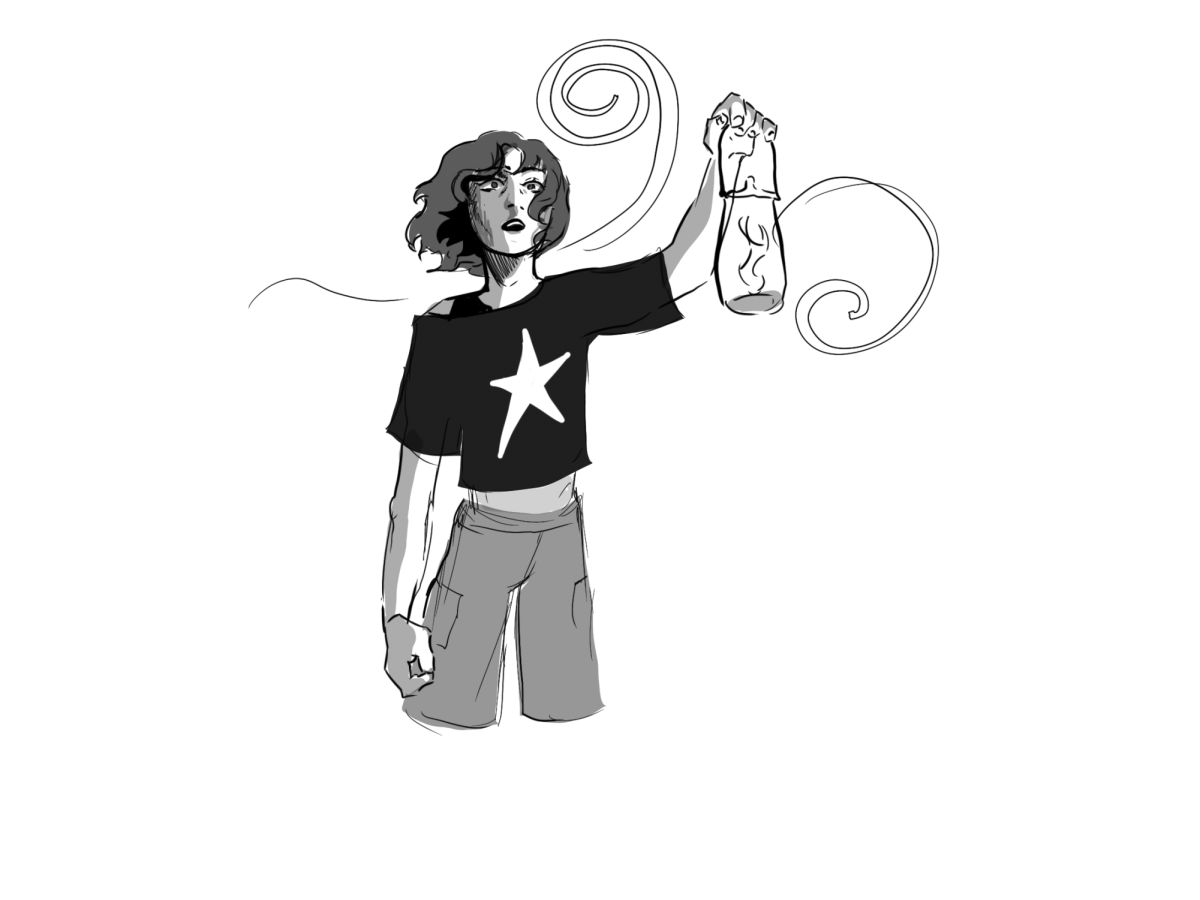Imagine temperatures dropping below freezing point, creating shimmering, crisp, white snow to cling onto the ground as it descends downward from the sky. The same snow covering the trees, ground, houses and everything in its path. Creating a winter wonderland. Here comes the coldest season of the year, known as winter.
When most people think about the winter time, it’s often the enjoyable thought of playing in the snow, drinking hot chocolate with marshmallows, or the no-school snow days that give students the time to relax. But what others are unaware of, or just simply overlook, are making preparations to stay safe during the winter and are suddenly met with power outages, blizzards, frostbite and other winter-related hazards. In order to still have that perfect winter wonderland, the Hawkeye has researched tips and advice to stay safe this winter.
Dangers Of Winter
It’s important to remember, when preparing to stay safe during the winter, to be aware of how dangerous the chilly season really is.
Driving is one issue as freezing rain, sleet or snow can cause roads to turn into a slick, icy surface, causing “black ice” and deeming it difficult to drive and can prove to be hazardous.
Statistics done by the Federal Highway of Administration (FHWA), a division of the United States Department of Transportation, reported that nearly “24 percent of weather-related vehicle crashes occur on snowy, slushy, or icy pavement.” In addition, over 2,200 people are killed and more than 192,800 people are injured in vehicle crashes annually during the winter time, ranging from icy pavements to snowfall obscuring driver’s view, or sleet being the cause.
The winter can also bring out extreme colds or chills from the season, resulting in all sorts of conditions that can damage your body and greatly affect your health, such as frostbite or hypothermia in extreme cases.
Frostbite can cause a loss of feeling and a pale appearance within any part of your body such as fingers, toes, or ears. If it advances due to longer cold exposure, it can cause further tissue damage.
Hypothermia, another condition brought on by cold temperatures, also lowers your body’s natural temperature to dangerous levels. Such a condition can cause failure to your heart and respiratory system and even death.
In addition, common problems in the winter include slip-and-fall incidents from icy sidewalks, which can range to all kinds of injuries, including wrist and serious hip fractures.
An article written by American College of Emergency Physicians (ACEP) board-certified emergency physician and assistant professor of the LSU Health Shreveport Leigh Vinocur said that even shoveling snow poses another serious risk during the winter time as it can cause “soft tissue injuries of ligaments and muscles, especially in the lower back.” In other words, injuring tissues that connect, support, or surround other structures and organs of the body.
Tips For Drivers
Many people may prefer to be driving out in the road despite the weather condition, getting from place to place and depending on their cars to do so. If that’s the case, drivers should take extra precautions to ensure their safety out on the road.
Keeping the gas tank full is key as it avoids room for ice to form in the tank and fuel lines and prevents damages to the car, making it safer to drive. Checking if the necessary parts in your car, such as the brakes, battery, lights, windshield wipers and oil are in proper condition, is also important. Cold temperatures during this time can damage parts in a car, such as thickening the motor oil and making it harder for the engine to turn over.
The National Weather Service has stated that people should be informed of “the latest traffic and road incidents, including weather conditions and restriction” before setting out to drive. Checking such info on the news, weather apps, or the radio.
Principal Greg Schwab advised drivers, especially student drivers, to be very cautious when out on the roads as others might not be familiar in driving in such winter conditions.
“In addition to being aware of what you’re doing, you have to pay attention to the cars around you because often times, you’re not going to be the cause of the accident, but it’s going to be somebody else,” Schwab said.
He also suggests that people should get traction tires, chains and jumper cables prepared for emergencies out on the road, as he stays prepared for emergencies with such equipment.
If a situation arises where someone becomes stranded out in the snow, preparing a winter emergency supply kit ahead of time would ensure safety until help arrives. A kit should include a cell phone charger, first aid kit, blankets, non-perishable food and water, windshield scraper, battery booster cables and other items deemed necessary.
Home Safety
It may be safer to stay indoors during the winter time than outside, but it doesn’t guarantee complete protection. Thus, people should take precautions to keep their homes both warm and safe for the winter.
Checking your heating systems is one major thing to consider when winterizing your home. The Center for Disease Control and Prevention, recommends that people should have their “heating system serviced professionally to make sure that it is clean, working properly, and ventilated to the outside.”
Having safe, alternative heating sources and fuels available such as a wood-burning stove or a gas powered one in case of a power outage is advised.
Similar to having an emergency kit in a car, homes should also be stocked with supplies for primary concerns at home during the winter time such as power outage and loss of phone service.
The most important things to pack are extra food, water, flashlights with pre-charged batteries, blankets, a portable charger and heating fuel.
It would also be beneficial to have non-hazardous ice melt in order to clear the icy pavement around the house to prevent slip and fall injuries. Prices for this can be a low as $12. Alternative and cheaper methods for ice melt can be cat litter or sand as they can both be used to effectively clear icy walkways.
Going Outdoors
Many people might spend their time going outside whether it’s for work, traveling, or simply having fun in the winter cold. Whether someone goes out to go ice skating, or taking a walk outside, it can still expose them to a few winter safety hazards, and thus they should be properly prepared.
A simple thing to prepare for when going outside is wearing appropriate clothing for this type of weather. That includes wearing 2-3 inner layers of warm, light clothing, a hat, waterproof boots or warm shoes, scarves and gloves. Also, carrying a cell phone at all times and being informed of winter reports/incidents in the area just to be safe.
In addition, being aware of the surroundings and making sure to take it slow when walking on the icy pavement is important, as well as avoiding being alone outside by walking with a friend.







